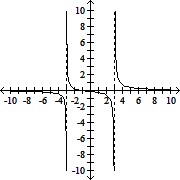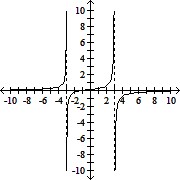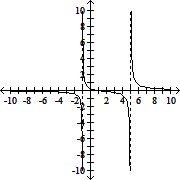Graph the function, showing all asymptotes (those that do not correspond to an axis) as dashed lines. List the x- and y-intercepts.f(x) = 

A. x-intercept: (-1, 0) , y-intercept:  ;
;
B. x-intercept: (-1, 0) , y-intercept:  ;
;
C. x-intercept: (1, 0) , y-intercept:  ;
;
D. x-intercept: (1, 0) , y-intercept:  ;
;
Answer: C
Mathematics
You might also like to view...
Find the derivative.y = (csc x + cot x)(csc x - cot x)
A. y ' = 1 B. y ' = - csc x cot x C. y ' = - csc2 x D. y ' = 0
Mathematics
Indicate whether the statement is true always, sometimes, or never.The sum of two imaginary numbers is an imaginary number.
A. Always B. Sometimes C. Never
Mathematics
Solve the equation in the interval [0,2?).
2cos² x + sin x = 1
Mathematics
Find the sum of the finite geometric series using a formula.-4 + 8 - 16 + 32 - 64
A. 12 B. 4 C. -170 D. -44
Mathematics